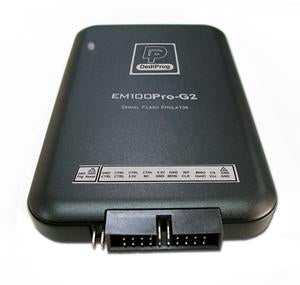





Send and Receive CAN Frames via USB
The uCAN can send and receive CAN frames through USB. A DLL file is provided so that users can write source code for the uCAN.
What's included
- uCAN analyzer
- Software CD
- Users manual
My AutoQuote | Easy & Fast
Easily generate and keep track of your quotes. You can also place an order based on an active quote. Both Quotes and Orders are organized for you under your account page.
More informationSpecifications
| Interface | USB Type A |
| Specification | USB Specification Rev 2.0, High-Speed |
| Cable Length | 0.6m |
| Interface | DE-09 male |
| Number of port | 1 |
| Speed | Max. 1Mbps |
| Signal Lines | CAN H(7), CAN L(2) |
| Protection | ±15kV Surge protection |
| Utility | uCAN View |
| Supported OS | Windows XP/2003/Vista/2008/7/8/8.1/2012 (32/64bit) |
| Features | Filtering/Sorting/Exerciser/Response Function |
| Power Source | USB port |
| Dimension | 80(L) x 40(W) x 23(H) |
| Weight | 50g |
| Operation Temperature | -40~85°C |
| Storing Temperature | -40~85°C |
| Humidity | 5~95% Non-Condensing |
Product information
| Key Features |
|
| Overview | The uCAN View is provided for Windows users to analyze CAN frames or to use it as an exerciser. uCAN View provides filtering, sorting, and error counting functions to help users analyze CAN frames. The exerciser function allows you to send CAN frame to other CAN devices. The included UI is straightforward and convenient when analyzing CAN frames. |
| Exerciser | The exerciser function creates a CAN frame and sends it to other CAN devices. When user defined CAN frame is received, uCAN will automatically respond to it. It is useful when analyzing remote frames for the CAN devices. |
| Analyzer | There are two kinds of method of display for the analyzer function in uCAN. First, it will be displayed as the frames were captured. Second, cAN frames will be displayed by IDs. When the first method is used, it is easy to check the CAN frame in order. The second method allows checking frames updated, by ID. It also comes with filtering and soring function to speed up the searching process. The users can set the range of the ID (standard or extended) in the filtering function to find the necessary frames. The sorting function has sort by ascending/ descending or by ID, so when it is used with other functions mentioned before, it is easy to find the data frame they want. |

